Rosé wine rage is a thing. Every winery is making one, and they almost outpace white wine in shelf space. Now, personally, I’m not against this. I love rosé in the summertime, with seafood, or when I’m chillin’ on the patio.
But I have a confession to make… I couldn’t blind taste a rosé wine if my life depended on it. Not by grape, region, not by anything. Sure, some taste sweeter than others, some more tart, but does that have anything to do with the grape? Or the winemaking method?
For this post, I’m going to break down rosé wine, how it’s made, common styles and grapes used, plus the perfect food pairings for rosé. For more epic wine guides, you can find those here.
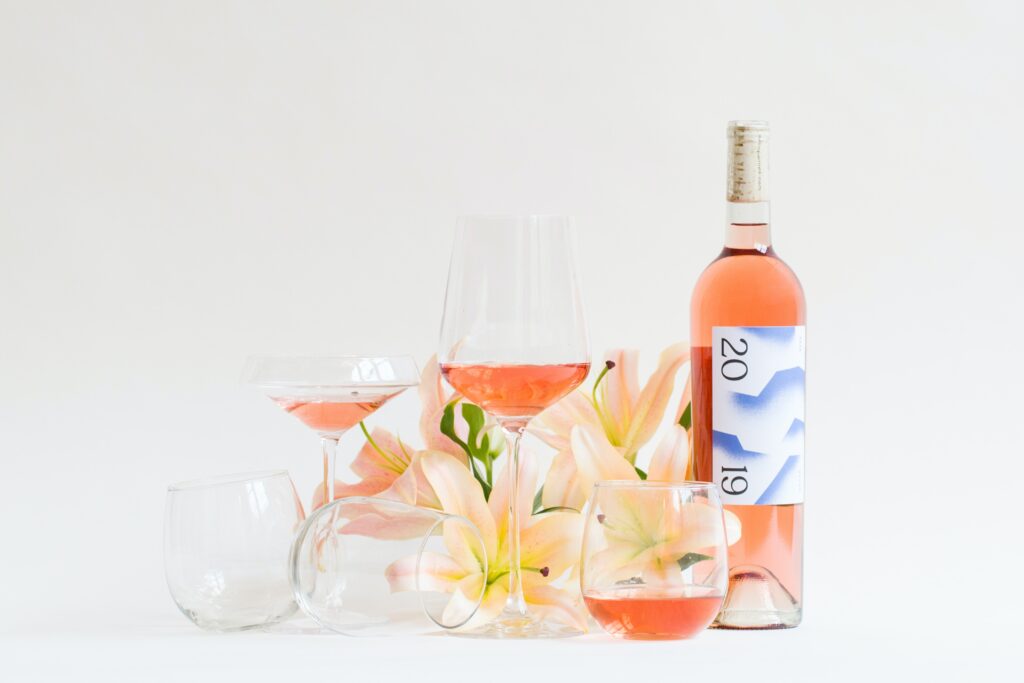
Rosé Wine Explained
Simply put, rosé wine is made from red grapes with minimal skin contact. The grapes are harvested, then quickly pressed to extract the juice and leave behind the skins. The grape juice then ferments without the skins before being stabilized, aged, and bottled.
Most rosé wines will be light on the palate, with snappy acidity and aromas and flavors of citrus, strawberry, flowers, melon, and rhubarb. The biggest difference in flavor comes down to the winemaking method and the grapes used.
Here are the four common methods for making rosé wine.
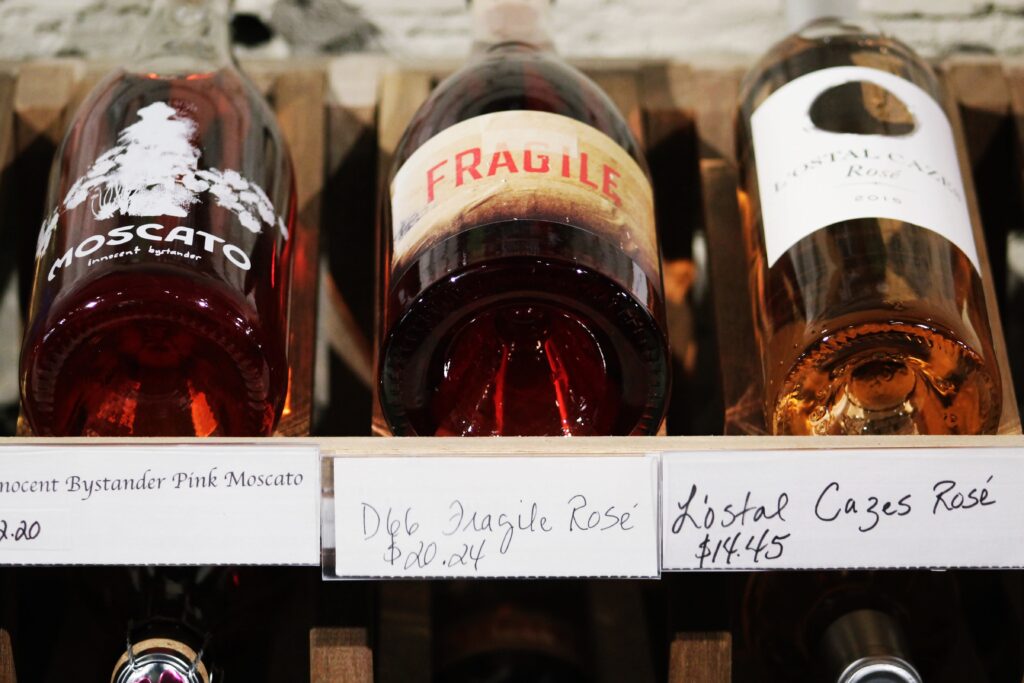
Direct pressing method
In direct pressing, grapes are pressed immediately after harvesting, making the lightest-colored rosé possible. These wines will be more tart and have stronger citrus and red cherry flavor. The most common rosé wines made with direct pressing are from the Provençal region of France.
Short maceration method
Similar to direct pressing, grapes are pressed shortly after harvesting. Depending on the winemaker’s preference, this time can range from 2 hours to 2 days. These wines range from faint salmon to hot pink. Because these wines will have more polyphenols (tannins), you can expect a more richly flavored wine with red fruit flavor.
Saignée or “bled” method
This “bleeding” method is less common and involves diverting the juice from red grapes into a separate tank to make rosé. The result is twofold: a more concentrated red wine and a small portion of dark-colored, deeply flavorful rosé wine.
This style is more commonly found in Napa Valley, though they tend not to age very well due to the lack of acidity. To combat this, winemakers will sometimes add white wine or other rosés to give the wine greater aging potential.
Blending method
Simply put, a small portion of red wine is added to white wine to make it pink in color. This is most commonly found in sparkling rosé wines. The most notable example is Champagne, where a small portion of Pinot Noir or Pinot Munier will be added to Chardonnay.
Different types of rosé wine
Now that we’ve gone over the different shades of rosé, here’s a breakdown of the most popular styles you’ll find along the aisles of your local wine shop.
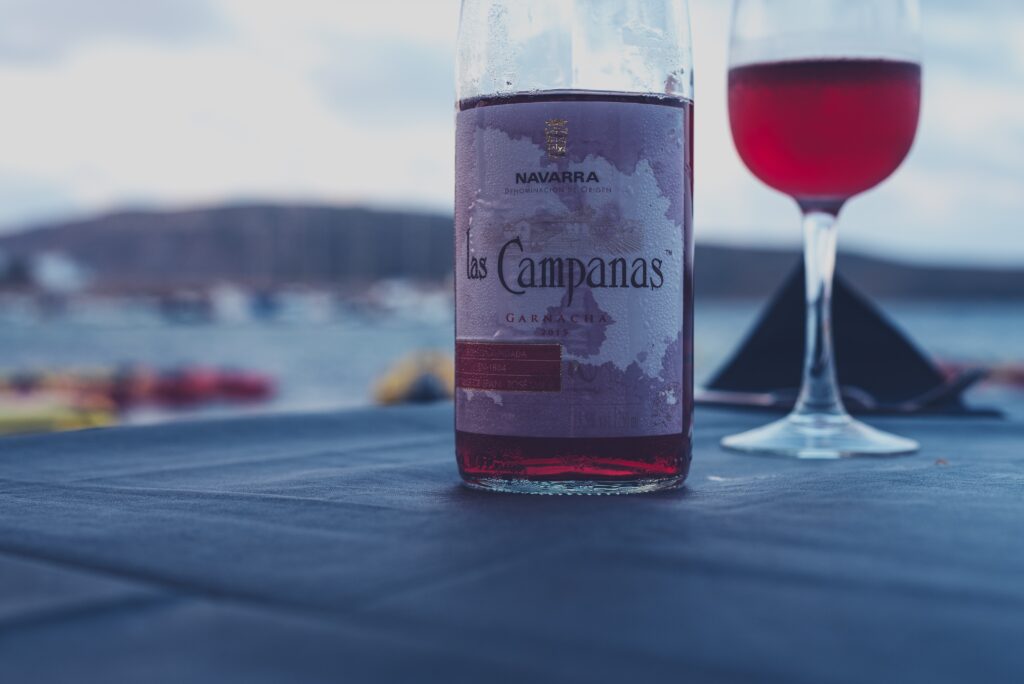
Spanish rosado
Most commonly found in Navarra and Rioja. These wines are made with direct pressing and short maceration.
Colors range from light pink to vibrant hot pink. Tempranillo, Grenache/Garnacha, and Viura/Macaeo are the most common grapes used. Flavors range from grapefruit to red berries, watermelon, citrus, and a hint of spice.
French rosé
Most commonly found in the Provence and Tavel regions, these are some of the most notable rosés in the world.
Provencal rosé is made with direct pressing, resulting in faint, salmon-colored wines. Grenache, Cinsault, and Mourvèdre are the most common grapes used. Provencal rosés are notorious for having a subtle minerality and savory quality. Flavors include citrus peel, grass, and fresh red berries.
Tavel is the only appellation in France specializing in dry rosé. Grenache is the most common grape, though other grapes such as Syrah and Cinsault can be used. These wines tend to have longer skin contact, resulting in full, lush rosé.
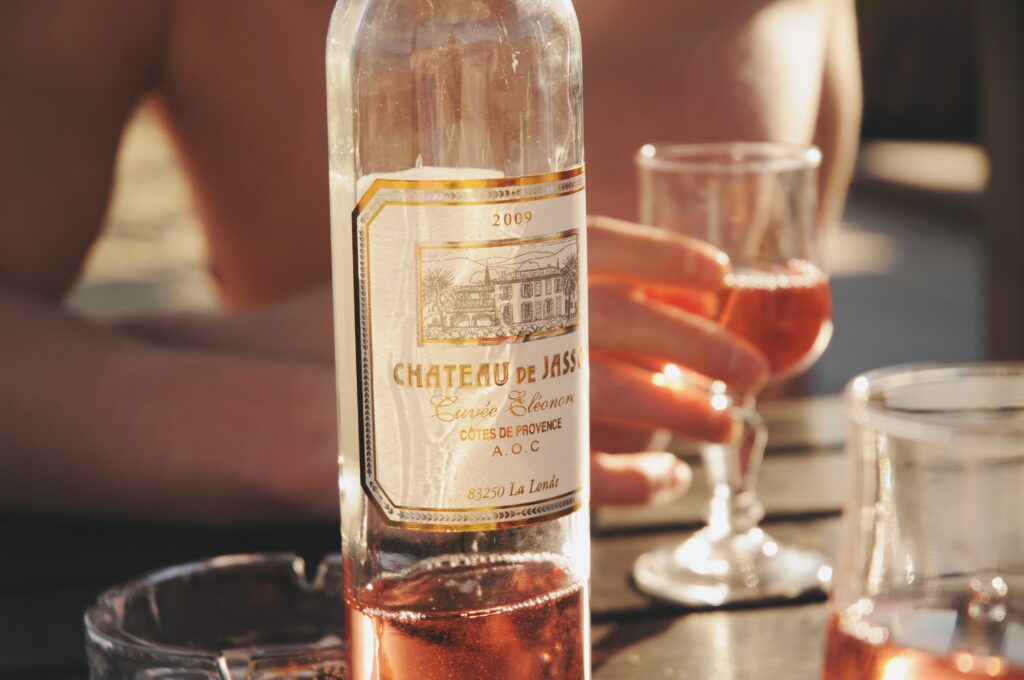
Italian rosato
Rosato is made throughout Italy and will have different flavors and pigments depending on where it’s made. In the northeast regions of Veneto and Friuli-Venezia Giulia, you’ll find more subtle, delicate rosé. In the south, near Puglia and Sicily, you’ll get more full-bodied, deeply flavorful rosés.
The grapes local to the region will be used to make rosato. Flavors range from simple and tart (think northeast and central Italy) to plush and fruit-forward (think southern Italy).
Rosé wines by grapes
Pretty much any red grape can be used to make rosé, though some are more highly sought-after than others. Here’s a breakdown of the most common grapes used and what you can expect from their flavor.
Grenache/Garnacha: Usually bright pink in color with high acidity and bright, summertime red fruit and candied watermelon flavor. Best served well-chilled with Mediterranean cuisine or seafood.
Syrah/Shiraz: More full-bodied and robust, with flavors of white pepper, olive, cherry, and ripe strawberry. Serve lightly chilled, more like a light-bodied red wine, with tomato-based dishes.
White Zinfandel: Unlike other rosés, White Zinfandel will almost always have a sweet flavor akin to strawberry candy, orange, and flowers. Drink it well-chilled with savory cheeses or spicy dishes.
Sangiovese: A popular choice, Sangiovese makes a very light, refreshing, snappy rosé with flavors of strawberry, white pepper, melon, and peaches. Drink well-chilled with lean protein, veggies, savory cheeses, or just about anything!
Pinot Noir: Rosé of Pinot Noir tends to be very delicate, with subtle tart citrus, floral, and strawberry flavors. It has an abundance of acidity, so it pairs well with salads and seafood.
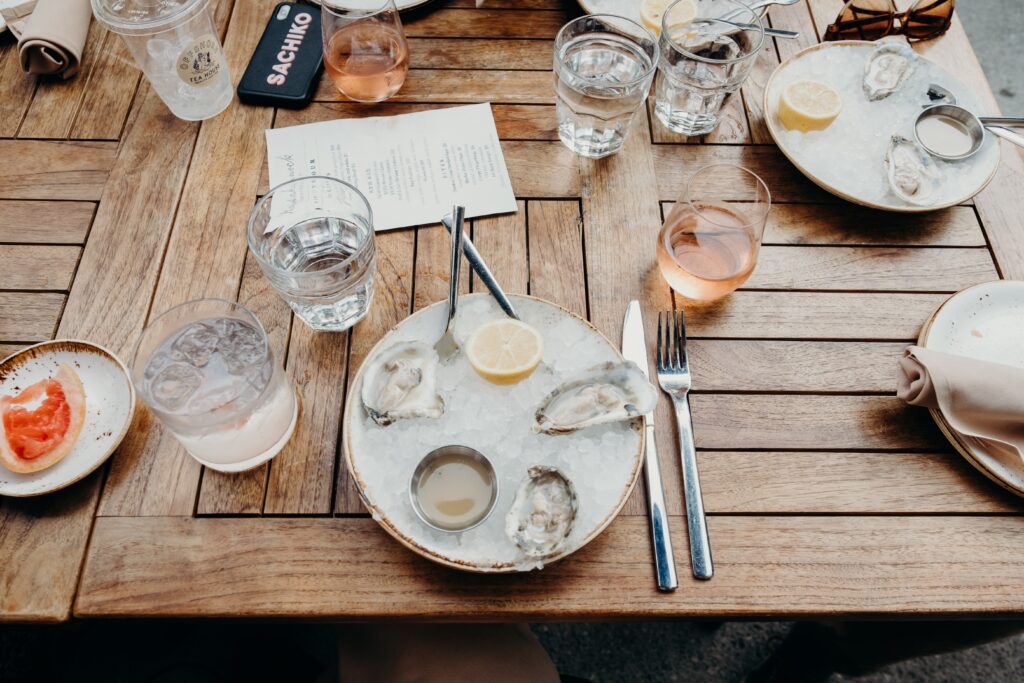
What are the best food pairings for rosé wine?
If there’s one thing she’s good at, it’s being versatile. Rosé doesn’t need a dancing partner. She fends for herself just fine for a backyard hangout or modest poolside conversation. That said, if you did want to pair rosé with food, you have options.
Fresh greens, seafood, and lean proteins are always good options. You can use a rosé as you would a white wine for its bright acidity, citrus flavor, and floral aroma. The bigger the rosé, such as a Cabernet Saignée from Napa, belongs with more savory dishes like chicken teriyaki or salty pork belly.
Lighter-bodied rosés, like one from Provence or a rosé of Pinot Noir, should be reserved for fresh seafood, like oysters or ceviche. Mediterranean food is also a popular choice, given the propensity for rosé to be made in those regions. I never saw my parents drink rosé wine unless we were at our favorite Greek spot. Then rosé had to be on the table.
Lastly, fruity, sweet, or sparkling rosé does wonders for spicy or garlicky foods. It adds a layer of flavor to distract while balancing those green or peppery flavors with floral and summertime fruit flavors.
FAQs
Rosé wine should be served well-chilled, ideally around 45-55°F. Too cold, and you risk losing the aroma and fruity flavor. Too warm, and the wine will taste of alcohol and be much less subtle.
Rosé can be made in either a sweet or dry style, though most examples will be dry.

